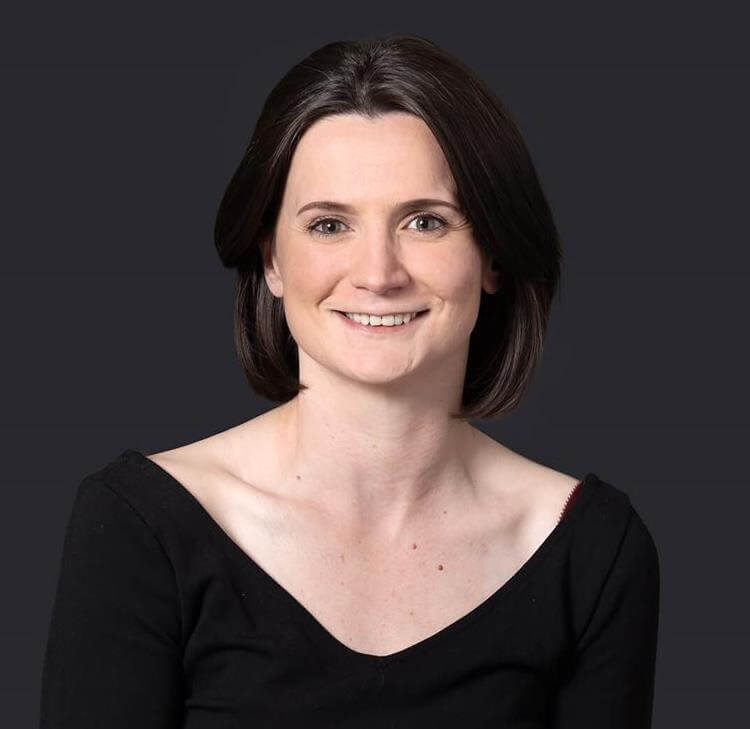The original published source can be viewed at the 'Insolvency Insider UK'.
In an unreported case (Re Active Wear Limited (in Administration)), the High Court has ruled that an out-of-court administration appointment, instigated by a sole director of a company with unmodified model articles, was valid notwithstanding the earlier decision of Deputy Judge Farnhill (also in the High Court) in the case Hashmi v Lorimer-Wing (also known as Re Fore Fitness Investments Holdings Ltd) [2022] EWHC 191 (Ch) (02 February 2022).
Re Fore Fitness had caused concern throughout the legal market as it essentially held that a company which had adopted unmodified Model Articles of Association (for private companies limited by shares) would be unable to operate if it only had a sole director. Below we outline the background to both cases and highlight the impact on sole directors of companies with unmodified model articles and the potential wider ramifications.
Background leading to the case
Re Fore Fitness began as an unfair prejudice petition by the shareholders of that company under section 994 of the Companies Act 2006 (CA2006). A question arose about whether the company had validly served notice of a counterclaim. At the time the counterclaim was served, the company had a sole director and had adopted a constitution based on the Model Articles (with some modifications). Four provisions of the Model Articles were relevant to this decision:
- Model Article 7(1): directors should take decisions either in a board meeting (governed by subsequent provisions of the Model Articles) or a “unanimous decision of the eligible directors” (governed by Model Article 8). This is known as “the general rule”.
- Model Article 7(2): while a company has only one director and its articles do not require it to have more than one director, the general rule does not apply. Instead, a sole director can take decisions “without regard to any of the provisions of the articles relating to directors’ decision-making”.
- Model Article 11(2): the quorum (minimum number of directors) for board meetings can be fixed from time to time, but it cannot be less than two, and the default position is two. In the Re Fore Fitness case, the company had modified this article to require specific directors to be present to constitute a quorum.
- Model Article 11(3): if at any time the total number of directors is less than the quorum, the directors must not take any decision other than to appoint further directors or to convene a general meeting to enable the shareholders to appoint further directors.
In Re Fore Fitness, the High Court surprisingly agreed with the petitioner’s view that the quorum provisions in the articles required the company to have at least two directors and, as a result, the sole director had acted without authority. The counterclaim was invalid and was struck out.
The judge said that “a provision in the articles requiring there to be at least two directors to constitute a quorum logically is a requirement that the company in question have two directors in order to manage its affairs”. The company had argued that the Model Articles must permit a company to operate with only one director, as the CA2006 specifically permits sole director companies. This view was echoed by The Department of Business, Industry and Skills in non-statutory guidance which stated that the “Model Articles do not provide for minimum number of directors.”
The Re Fore Fitness decision went against the widely adopted approach taken in practice since the implementation of the CA2006 and its associated Model Articles – namely that Model Article 11(2) and 11(3) form part of the “general rule”, so when a company has a sole director, they do not apply. Instead, Model Article 7(2) allows the sole director to take all decisions. Conversely, the judge found that although the CA2006 envisages sole director companies, the Model Articles could not be used without modifications in this situation.
The Re Fore Fitness decision has created much uncertainty in the market and debate over how to react and protect the actions (both past and present) of sole directors. Whilst certain practical steps can be taken, there is no perfect solution and nothing that allows a sole director to act swiftly in an insolvent scenario.
The approach in this case
In Re Active Wear, Deputy Judge Martin QC, approached the construction of the company’s articles (following Cosmetic Warriors Ltd & Anor v Gerrie) in accordance with the ordinary principles that would apply to the interpretation of any written contract. Applying those principles (and taking note that the Model Articles are organised into Parts and subdivided into sections) it was held that, since the provisions relating to quorum are contained in an identifiable Part (comprising articles 7-16), they are specifically disapplied by Article 7(2) when there is only one director and no other provision requiring more than one director, as is the case of the Model Articles. On this basis, the unambiguous effect of Article 7 is that a sole director may take their own decisions regarding the conduct of the company. Accordingly, the director’s decision to appoint administrators was valid.
Deputy Judge Martin QC attributed much of the earlier finding in Re Fore Fitness to the existence of a bespoke article (Article 16) and commented openly on the reasoning in paragraphs 22 and 23 of that judgment. In doing so, it was noted that: “it would, in my judgment, be wrong to read the unamended Model Articles, existence of the requirement in Article 11(2), as having the effect of ruling out the operation of Article 7(2). It seems to me that to treat the Articles of having that effect would be to deprive Article 7(2) of any practical meaning.”
The implications of this ruling
This is a welcome judgment and deviation from the view in Re Fore Fitness. For sole directors of companies with unmodified model articles, it should afford an opportunity to distinguish their actions from the facts of Re Fore Fitness and preserve their decision-making powers. Beyond that, it also recognises and formally endorses the widely adopted market approach to the construction and interpretation of the model articles and their application to sole director companies.
Whilst unreported, this decision remains binding and will have the same authority as any other High Court decision. Practitioners will have to consider the competing authority of this case and Re Fore Fitness but perhaps, over time, Re Fore Fitness will increasingly find itself confined to its facts and limited to situations where a bespoke modification to the Model Articles might be considered to justify a different interpretation.









































